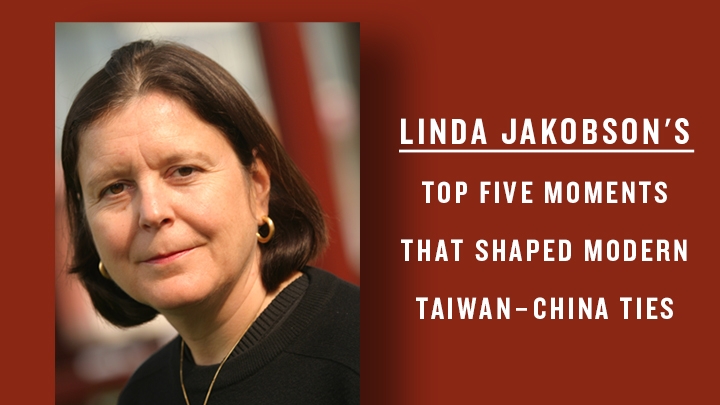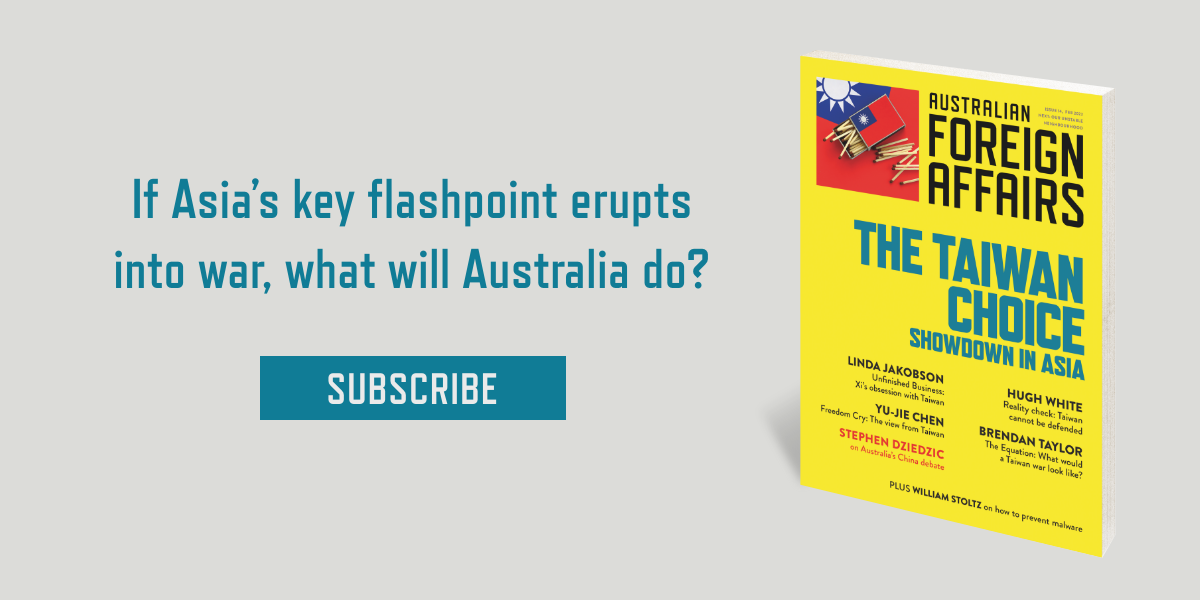1. 1949 – ROC’s retreat to Taiwan
The People’s Republic of China (PRC) is founded by the victors of the Chinese civil war, the Chinese Communist Party, while the defeated party, the Kuomintang (KMT), evacuates to Taiwan and moves the capital of the Republic of China (ROC) to Taipei. The United Nations recognises the ROC as the sole legitimate representative of China, internationally isolating the PRC for the next twenty-two years.
2. 1987 – martial law is lifted
The island’s first direct presidential election takes place, in which the KMT’s Lee Teng-hui, Taiwan’s first Taiwanese-born president, wins the popular vote to continue as president
3. 1995 – Lee Teng-hui’s speech at Cornell University
Lee Teng-hui accepts an invitation to speak at his alma mater, New York’s Cornell University. As a result, Beijing accuses Washington of breaking its commitment to the One China policy and raising cross-Strait tensions. This sparks what is known as the Third Taiwan Strait Missile Crisis, during which the US aircraft carrier Nimitz and four escort vehicles sail through the Taiwan Strait.
4. 2008 – The KMT’s Ma Ying-jeou wins the presidential election
After eight chaotic years under President Chen Shui-bian of the ROC’s independence-leaning Democratic Progressive Party, cross-Strait relations flourish and stabilise under Ma to the extent that the international community all but forgets about the unresolved status of Taiwan for the next eight years.
PRC president Xi Jinping tells a senior envoy from Taiwan that a political solution to the sovereignty stand-off, which has lasted more than six decades, cannot be postponed forever. This implicitly rebukes Deng Xiaoping’s advice to leave the resolution of the Taiwan issue to future generations. In essence, Xi’s message is that unification should take place in his lifetime.








